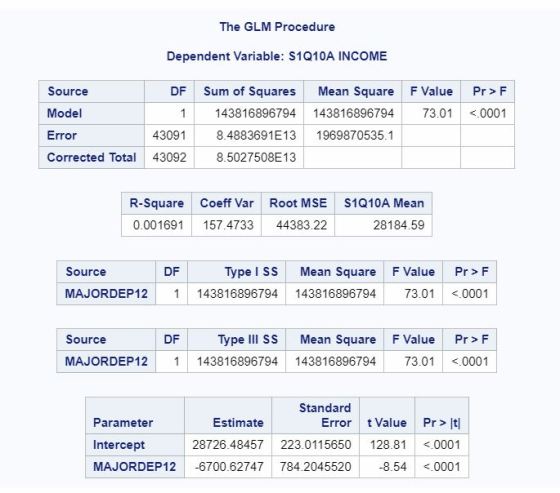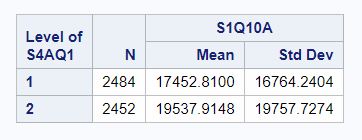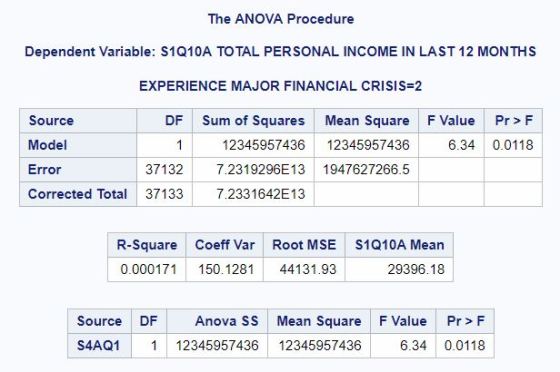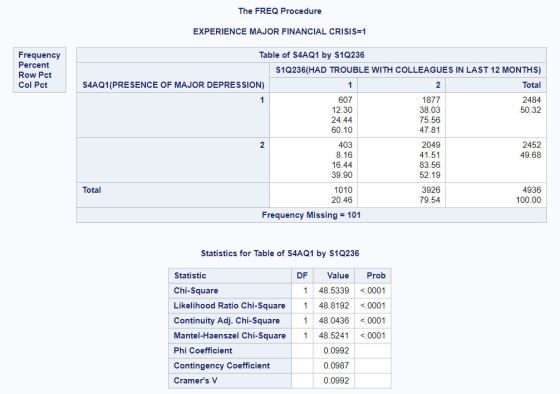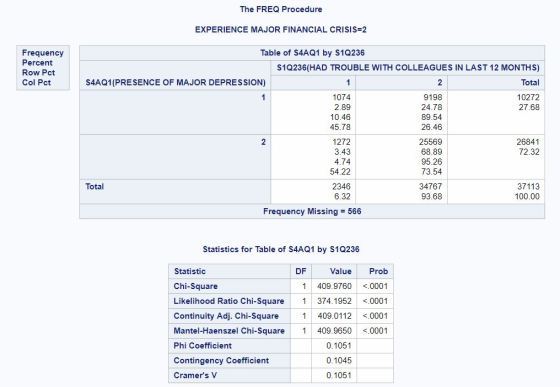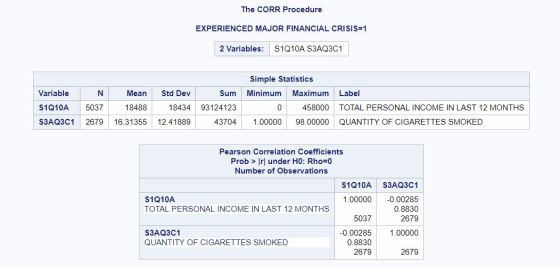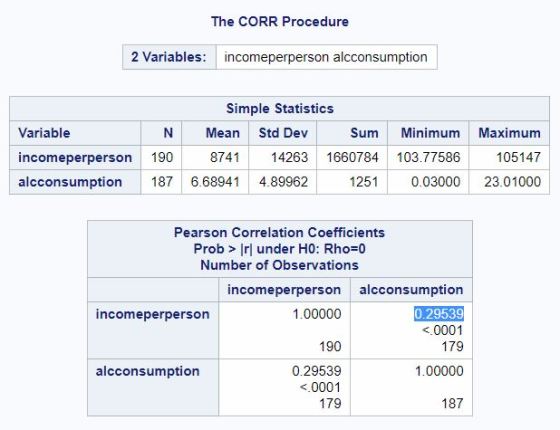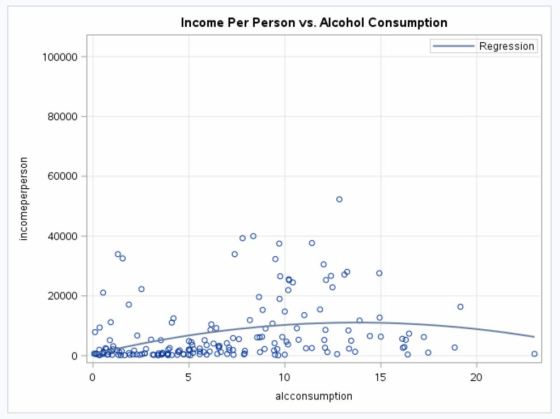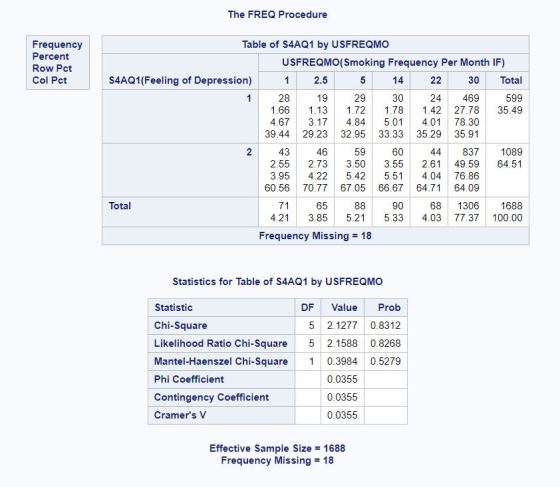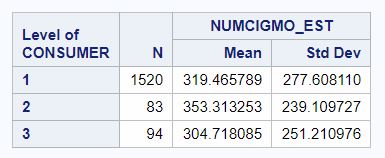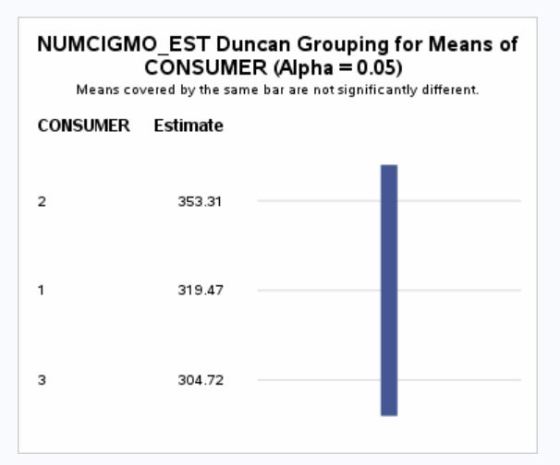Culinary art has recently occupied much of my attention and I’m an amateur artist. Though cuisine is an art I doubt whether what I do with it would be somewhere to be treated as an art. Frankly I barely know the ABCs of cooking. But yes, if I’m given a detailed recipe I can be a not so bad cook; I’m being humble. So far my skills have ludicrously been limited to bringing some innovations in making salads only. What tempts me the most about cooking is the kind of innovation and twist of taste you can introduce in your daily ordinary meals. And that is why recently Twist of Taste and Food Safari on Fox Traveler and Master Chef India 2 on Star Plus have been my favorite shows since the last few months.
Cooking is really fun and an immense source of joy. I sincerely think of being a cook and adding some different flavors to some bland dishes made by my mom. But my mom is the dictator of her kitchen. None is allowed to conduct any sort of experiment with the utensils and spices in the kitchen without her prior permission. So I really have some serious constraints. And which is why I have so far been mostly confined within the periphery of salads. One thing about cooking is very true that to be a good cook or at least to cook something delicious all you need is just the enthusiasm. Your enthusiasm makes you innovative. While I was watching Master Chef India 2, I was wondering how the judges could sense the different ingredients of the dishes made and how they could confidently say which ingredients and what proportion and mix of those would be best for a particular dish. Having seen that I also started critically analyzing my mom’s dishes and thinking what could be added to make it something that would satiate my taste buds. But since I’m not allowed I fear my innovations are being subdued gradually. Anyway, I’m not going to give up so soon.

It all started in Pune, India. I was staying alone and there was no one to cook for me. I used to subscribe home delivery service of meals twice a day. I’m a hard core non-vegetarian. But the inflation in Pune transmuted me into a vegetarian. Countless thanks to Andhra Mess in Pune wherein I used to get quality cheap non-veg dishes once or twice in a month. One of my service providers didn’t have the provision of serving meals on Sundays. The other one whom I have subscribed for long used to forget to deliver sometimes or didn’t serve the dishes without any prior notification. These cases used to be irritating and exhausting. Having no delivery of meals for a day means walking for 15 minutes to the North Main Road, waiting for around half an hour to get the meals (mostly chicken fried rice and a chicken frarcha (fry) sometimes) and finally walking back home for another 15 minutes. So an hour is just gone by bringing the food at home! Count another half an hour for eating and washing the utensils. Now, the question is whether a student and a person like me can afford to waste 1.5 hours just on the process of dispatching the food toward the stomach. How awful was it during exams? But … I was helpless. In order to ameliorate my sufferings Maggi noodles played a substantial role in my diet. Readers, you have no idea about how much grateful and loyal I’m to this brand. Maggi and scrambled eggs (scrambled eggs was the first dish I brought innovation into and I’ll share how) were the only dishes on the menu for lunch and dinner for many days.
Beside my house there was a mess which used to be run by some young dudes. I joined that initially. Though the meals were fresh and to some extent tasty too but soon I became bored. For months I ate the same veggies and daal. There was not even the slightest variation in the dishes except on the days of special occasions like Diwali etc. Some guys there had working knowledge on cooking at least a chicken curry. So if there was a day when the meal was off they didn’t have any problem. But on each day of those days either I had to go out to buy food or I had to have maggi. To add to my misery there was that luscious smell of those chicken curries. Man … I wished I could have cooked like those guys. This is what gave me the impetus to learn how to cook. But the irony is I wasn’t allowed to cook in my house! It was one of the many conditions that was stipulated by the house owner for all the tenants of that house. It was a kind of tyranny! Anyway, disregarding those conditions I bought an electric heater which was the fetus of my innovation in cooking. Ha ha ha …
Anyone can understand that an electric heater is not the perfect instrument to experiment with the fancy dishes. Most importantly my house owner used to have a rigorous checking on the electricity bills. My stars!!! I had a desktop computer which already consumed much electricity every month. On top of that if my electric heater consumed more electricity definitely I would be homeless! So when I used to turn the electric heater on my pc used to remain sleeping and all the lights and fans off. Indirectly I became energy efficient! Despite all those limitations and fear of homelessness my dream of becoming a cook, if not a cook at least a man who himself could cook his meals so that under any circumstances he didn’t have to recourse to the bistros or other food outlets was unsubdued. Since saving electricity means using the electric heater for a time which should be as much less as possible I did have no choice but frying eggs and boiling maggi only. I remember venturing a chicken curry once but the anxiety of the increased electricity bill was the spoilsport and eventually the chicken curry was mediocre. After that I actually never dared cooking a chicken curry on that heater. And at the fag end I was left with only scrambled eggs and boiled maggi for introducing twist of taste in them.
In scrambled eggs I added finely chopped garlic, onion, coriander leaves, tomato, ginger and lots of green chilly. The very ordinary scrambled eggs became sublime. With scrambled eggs if you have Kurkure or any other tangy flavored chips the taste would be awesome. I don’t know whether you’d find the same. In maggi I could barely bring any difference in taste except adding green chilly, black pepper, coriander leaves and sometimes eggs in the boiling water. So this was how a ‘chef’ was born. Tomorrow I’m going to prepare a salad. The ingredients I have thought for it are (don’t forget that I’ve my momma): cucumber, tomato, carrot, rock salt, mayonnaise, onion, roasted red chilly, mustard oil, garlic, coriander leaves, lemon (not sure), black pepper and … I can’t remember anything else at the moment. Salads have always been ignored in the meals of the middle-class Bengali families. To many, still salad means a few slices of cucumber, tomato and carrot. But I believe my mom’s going to give me a smile after I prepare the salad. Oh yes! I’m possibly going to make a sauce/ chaatni too. It’s a very simple one but was never tasted in my family. It’s made of tomato, coriander leaves, garlic, onion, green chilly, rock salt and lemon juice after all these are blended together.
Trust me! I’m going to take cooking seriously. It’s only for my pleasure. When I see the guys who used to cook amateurishly at home in the Master Chef India 2 I can’t help being inspired. I’m looking forward to that auspicious time I’ll be armed with a fully fledged kitchen. But girls don’t appreciate me too much. Ha ha ha … Don’t think that I’ll be cooking all my/ our meals after getting married. Cooking would just be a nice pastime of mine.
Thank you for reading till the end.

